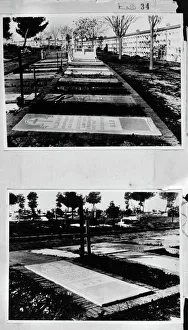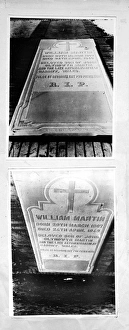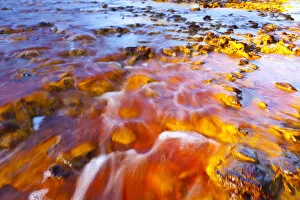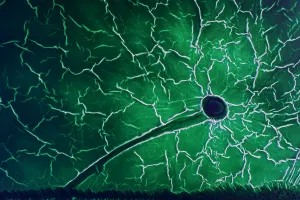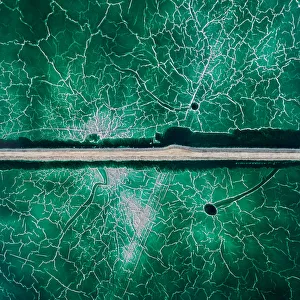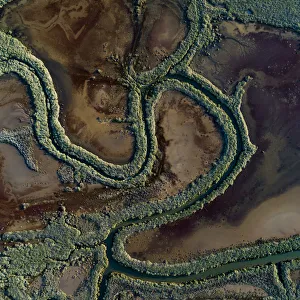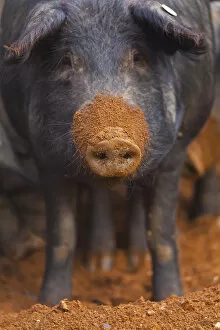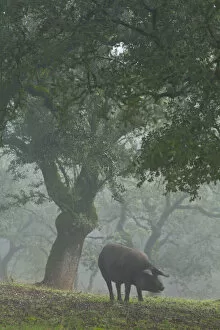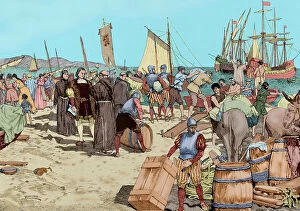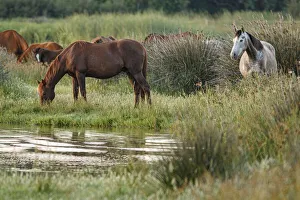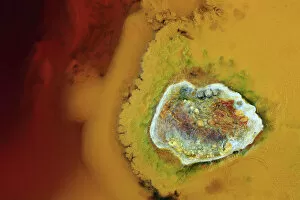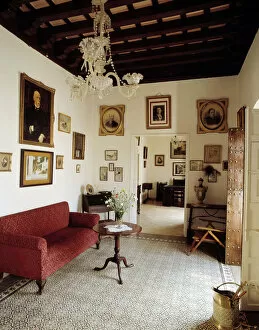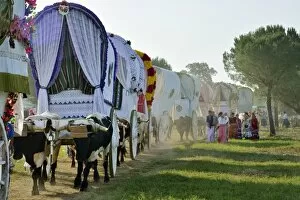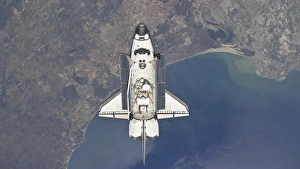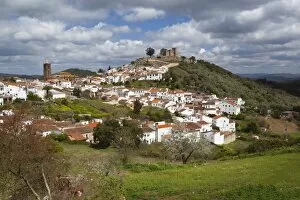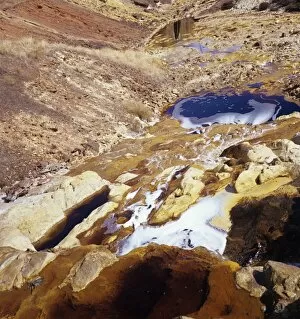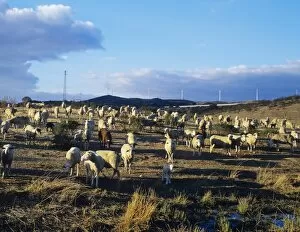Huelva Collection
Huelva, a captivating province in Andalusia, Spain, is steeped in history and natural wonders
All Professionally Made to Order for Quick Shipping
Huelva, a captivating province in Andalusia, Spain, is steeped in history and natural wonders. From the intriguing Operation Mincemeat to the legendary embarkation of Christopher Columbus at Palos de la Frontera, this region holds tales that have shaped our world. One cannot miss the gravestone of Major Martin, a key figure in Operation Mincemeat, which took place here. It serves as a poignant reminder of the bravery and sacrifice exhibited during wartime operations. The site of Major Martin's grave is equally significant. It stands as a testament to the intricate planning involved in deceiving enemy forces during World War II and showcases Huelva's role in historical events. Nature enthusiasts will be enthralled by the red waters of Rio Tinto. This mesmerizing phenomenon occurs due to dissolved minerals like iron, creating an otherworldly landscape unique to Andalusia. The Rio Tinto Mines further add to its allure with their rich history dating back centuries. Exploring abandoned ponds used for disposal reveals crystallized patterns that are both hauntingly beautiful and thought-provoking. These remnants tell stories of past practices while showcasing nature's ability to reclaim even forgotten spaces. Venturing into Rio Tinto's tidal area and saltmarshes unveils thriving vegetation against picturesque landscapes. The harmony between land and water creates an idyllic setting where tranquility reigns supreme. In Sierra de Aracena Natural Park lies another gem – Iberian pigs with mud-covered snouts freely roaming oak woodlands. These iconic creatures represent Huelva's agricultural heritage while adding charm to its already stunning scenery. No visit would be complete without experiencing El Rocio village nestled amidst Almonte countryside. Its rustic charm transports visitors back in time as they wander through quaint streets lined with traditional architecture – truly a sight worth beholding. Huelva beckons travelers seeking adventure intertwined with history and natural beauty.

